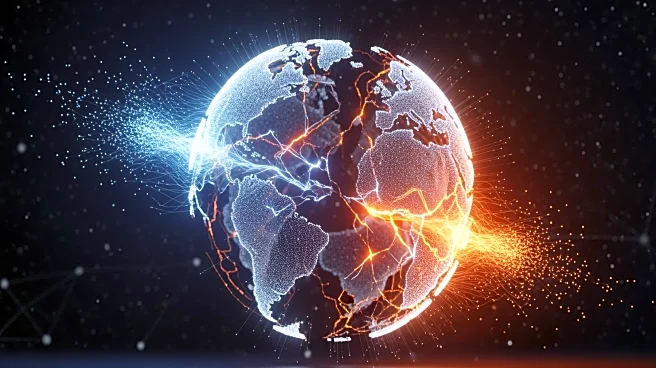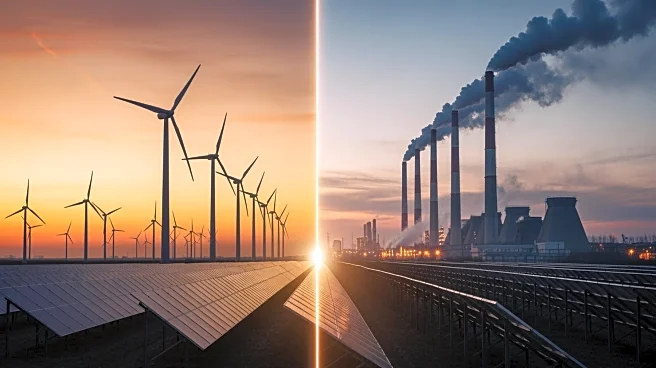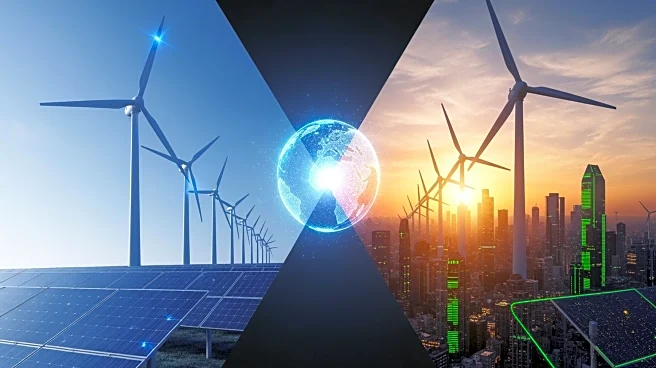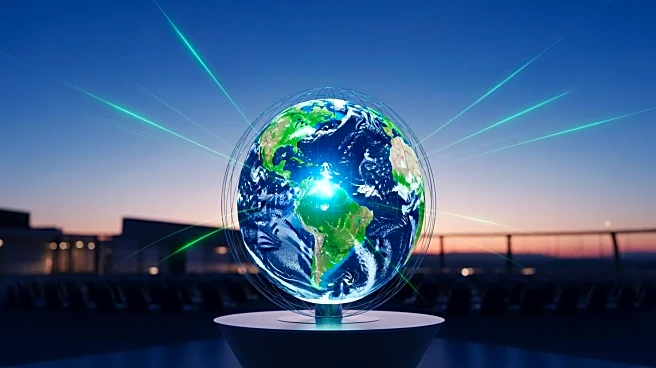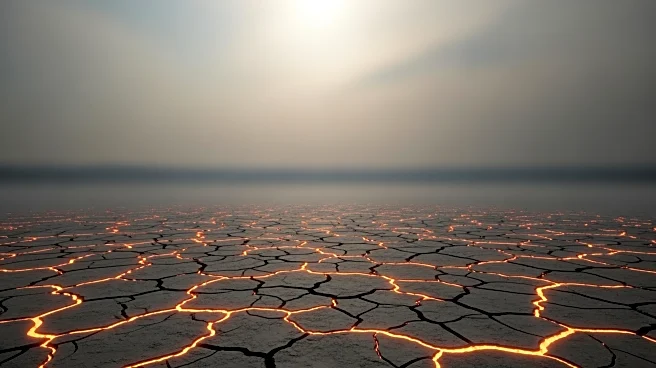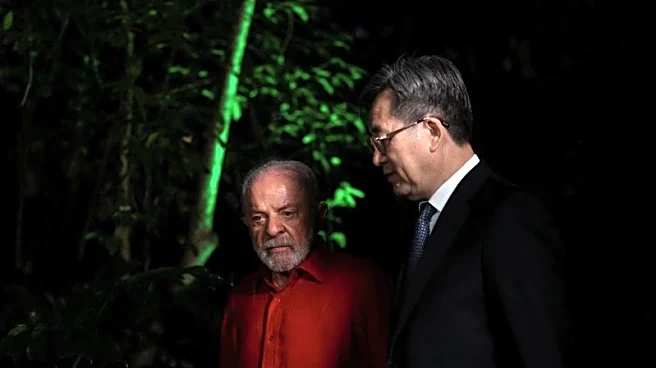What's Happening?
As COP30 progresses in Brazil, the energy transition landscape has evolved significantly since the Paris climate agreement a decade ago. The initial spirit of cooperation has been overshadowed by economic
rivalries and divergent climate policies among major polluters like China, the United States, and Europe. Each region has embarked on distinct energy paths, driven by strategic and economic realities. While global renewables consumption has tripled, fossil fuel use continues to rise, highlighting the challenges of achieving unified climate goals.
Why It's Important?
The fractured nature of the energy transition reflects broader geopolitical tensions and economic interests that influence climate policy. The differing approaches of China, the US, and Europe could impact global efforts to reduce emissions and transition to renewable energy. Stakeholders in the energy sector may face uncertainty and volatility as regional policies diverge. The situation underscores the need for international cooperation and innovative solutions to address climate change, despite competing interests and priorities.
Beyond the Headlines
The divergence in energy policies raises ethical and strategic questions about the balance between national interests and global climate commitments. The reliance on fossil fuels by major economies, despite renewable advancements, highlights the complexities of transitioning to sustainable energy sources. The situation may prompt discussions on the role of technology, innovation, and international collaboration in achieving climate goals. The long-term implications of these developments could shape future energy strategies and influence global environmental policy.
